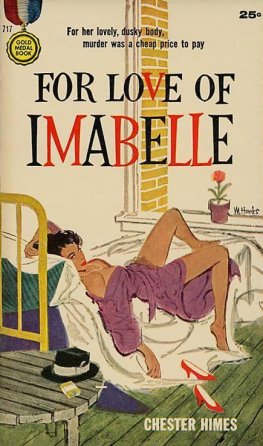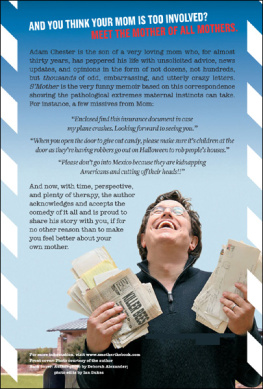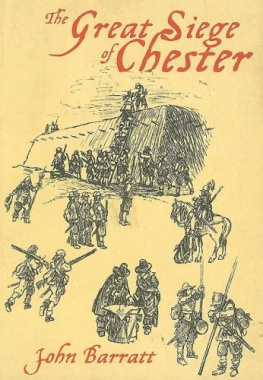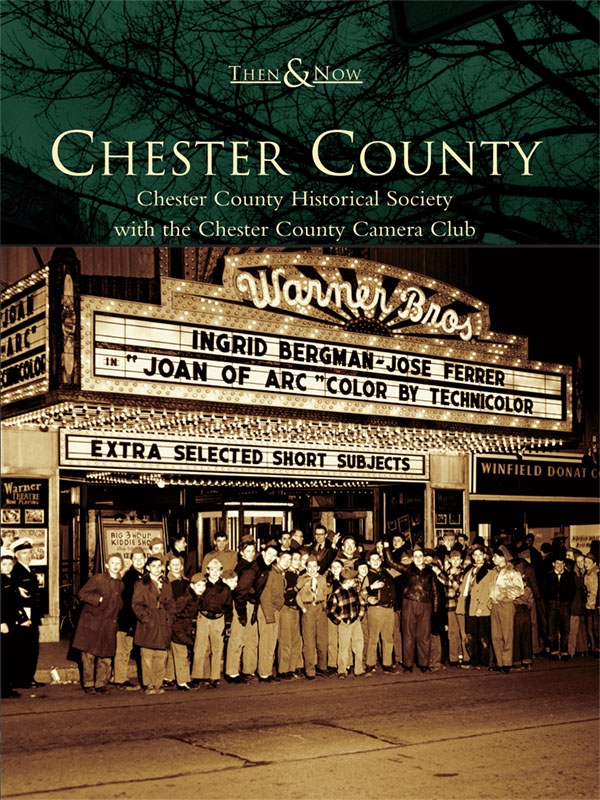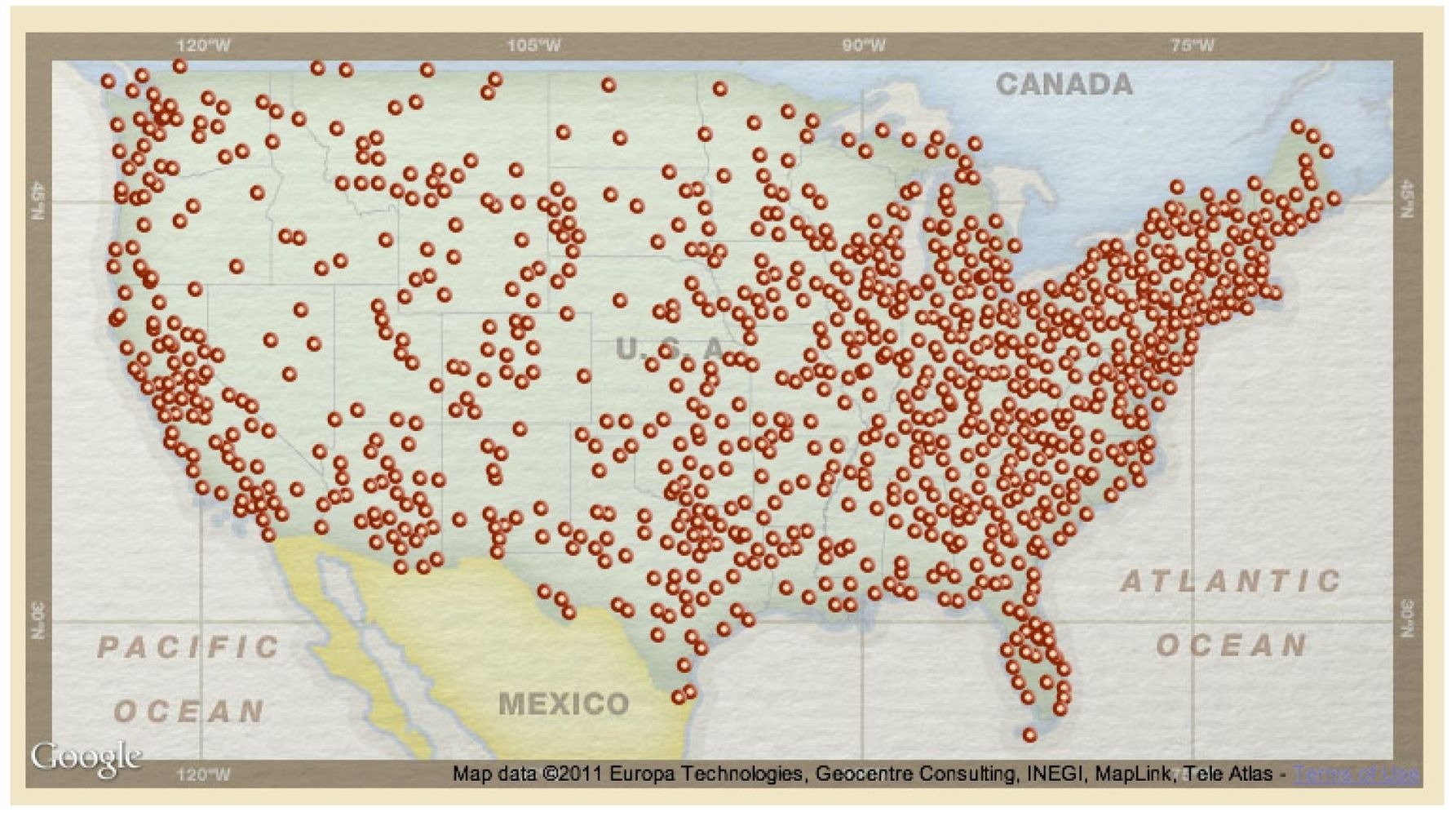ACKNOWLEDGMENTS
T he Chester County Historical Society (CCHS) thanks everyone who made this project and publication possible. Co-author Ray Doyle is to be lauded for his dedication and technical expertise.
The Chester County Camera Club volunteers jumped into this project with fabulous results. Each photographer is credited with taking photographs on the following pages: Emilie McI. Barber 50, 65; Ernest B. Bogusch 14, 45; Timothy Brennan 18, 92, 93; Stephanie Clist 49, 96; Patricia M. Danzon 82; Laura Densmore 34, 54, 55; Robert H. Diefenbacher 62, 63; Ray Doyle 15, 33, 39, 51, 59, 71, 76, 89, 90; Steve Fredrick 16, 78, 83, 84, 85; Sen Gallagher 21; Bill Hein 26; Eileen M. Hogan 20, 27, 30, 46, 74; Ed Huberty 19, 56, 67; Michelle M. Hughes 52, 80; Cris Staley Hutchinson 37, 77; A. Lybrand Hutton 66; John Koskulitz 32, 48, 69; William B. Matakas Jr. 88; Robert McCook 10, 11, 13, 36, 95; Mary Painter 68, 81; Dorothy Brinton Parker 24, 61; Vince Piotti 17, 28, 44; Carol Frost Poling 29, 57, 58, 73, 79; Lillian Reiss 25, 94; Sally Riddle 40, 41, 70, 72; Geoffrey Ruth 42; Daniel J. Williams 22, 31, 43; Gordon J. Wissinger 47, 86, 87; and Mark W. Wlaz 23, 60, 64.
We are grateful to the private property owners who graciously gave permission to photograph their homes and businesses, especially John Baird and Mary Brooks, who coordinated the Westtown School students photograph.
The historical society is grateful to the lenders who provided images necessary for this project: Larry Drennen Sr., Larry Drennen Jr., Chris Drennen, Eugene DiOrio, Millard McComsey, Frank March, Dennis Park, Wanda McGlinchey-Ryan, Harry Walters Jr., and the West Nottingham Historical Commission.
CCHS appreciates the project advisors who generously gave of their time and knowledge. They are John Bradley, Sandy Brannan, William and Rosalind Brewster, Charles and Jane Brosius, Francis G. Brown, Estelle Cremers, Eugene DiOrio, Lois Donovan, Dr. Faye Doyle, Mary Dugan, East Goshen Historical Commission, Lois and Richard Farmer, Dorothy Freese, C. Herbert Fry, Robert Garrett, Roger and Carol Grigson, Joann Grosso, Jim Guthrie, Katherine Harlan, Fran Jackson, Margaret Brosius Jones, Dr. Henry Jordan, Joseph Lordi, Thomas Marshall, Vivian Miller, Nancy Mohr, Hervey Painter, Rosemary Philips, Celeste Reiffer, Barbara Rutz, Mary Sproat, and Eric Wilson. Chris Densmore of Friends Historical Library and David Shields of Brandywine Conservancy provided essential information.
We are thankful for the eager helpfulness of interns Huyen Ta and Rose Marie Jacobs for research, Heidi Benedict for editorial assistance, and Tim Manni and Ed Huberty for scanning.
I appreciate the assistance of CCHS staff Ellen Endslow, Barbara Jobe, Diane and Laurie Rofini, and the support of the CCHS Board of Trustees, especially board chairman John Diffey and board member Bruce Mowday.
Pamela C. Powell
Chester County Historical Society
Find more books like this at
www.imagesofamerica.com
Search for your hometown history, your old
stomping grounds, and even your favorite sports team.
Chapter 1
NEW USES FOR OLD STRUCTURES
T he Chester County Chamber of Business and Industry, on Paoli Pike in East Goshen Township, is a good example of an old structure that has found a new use. Previously, it was a farm where generations of the Garrett family lived. More recently it was used as an experimental farm for a pharmaceutical company.

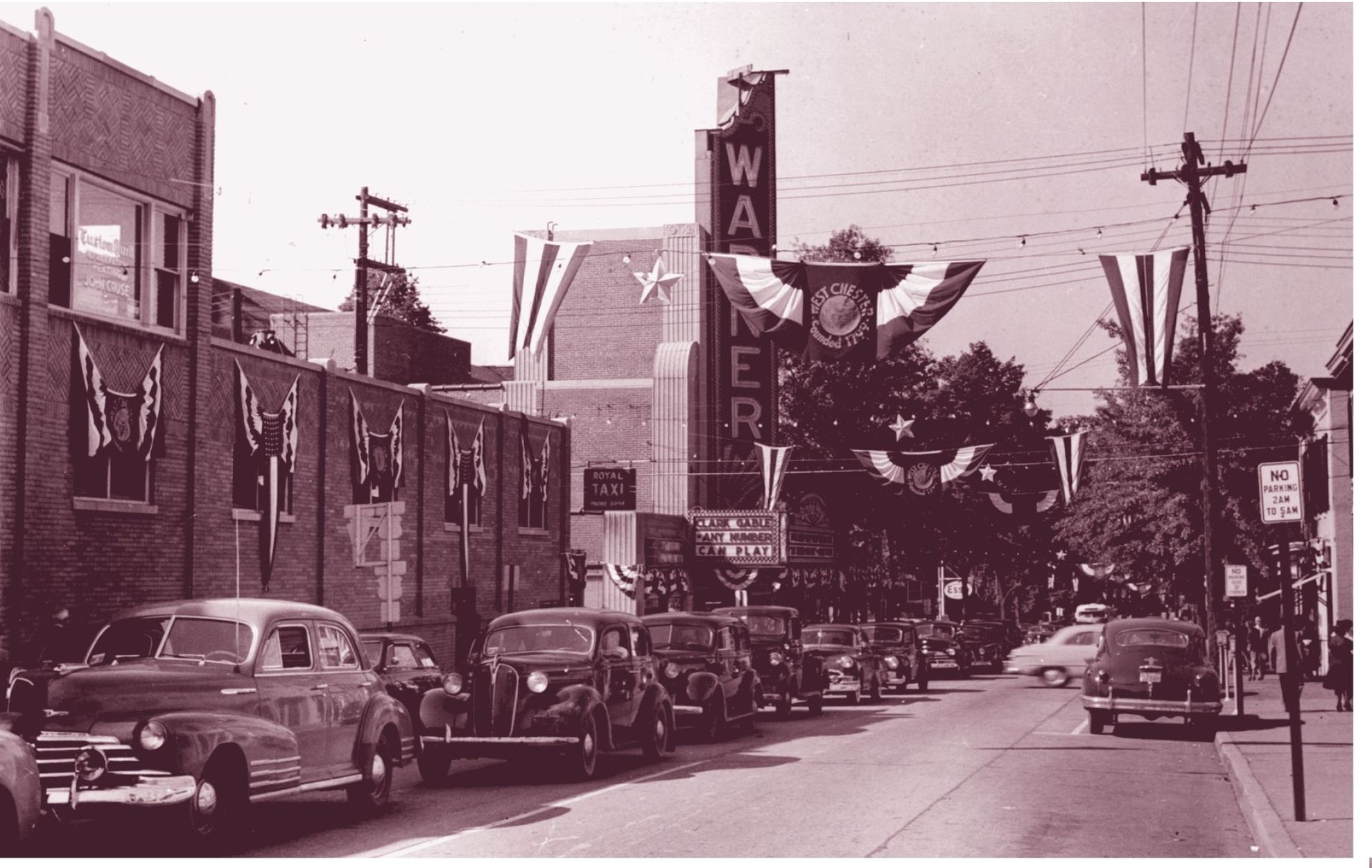
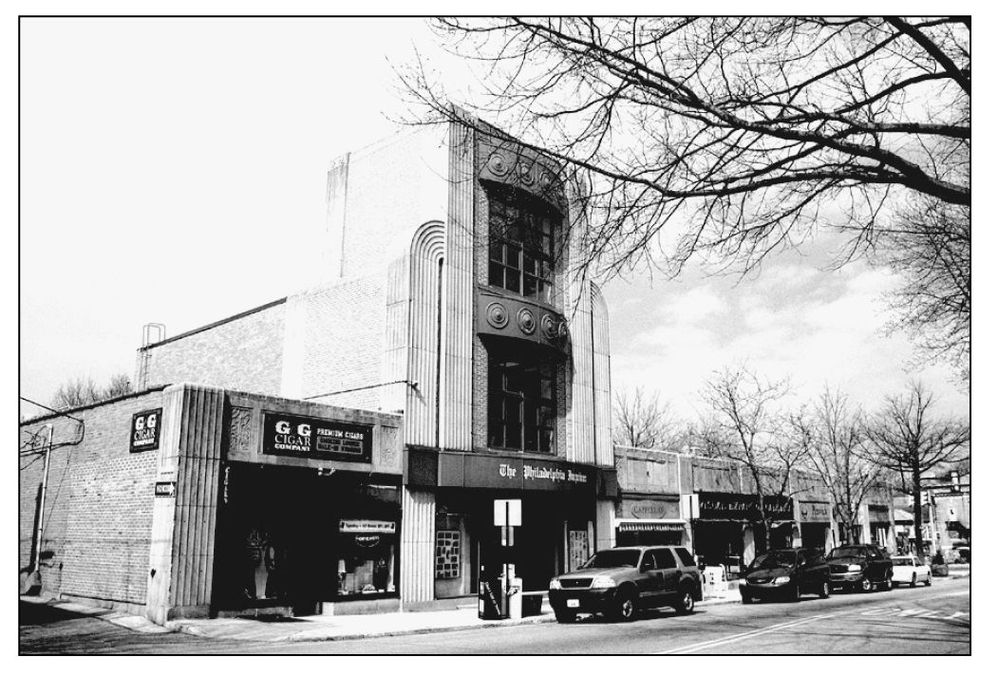
T he lavish Warner Theater in West Chester opened on November 14, 1930. The first film shown was The Life of the Party, an all-talking Technicolor comedy starring wisecracking Winnie Lightner. Featured live on stage that evening was the singing and dancing of child star Davey Lee. It was one of the last theaters built directly by Hollywood to market its films. The theater closed in May 1984. On the final evenings bill was Woody Allens Broadway Danny Rose. Efforts made to preserve the building intact failed and demolition took place in late 1986, leaving only the Art Deco faade and lobby areas in place. Today, the remaining portion of the building houses the Chester County offices of the Philadelphia Inquirer.
P hilip M. Sharples, a practical machinist, first came in contact with a cream separator when a customer asked him to install the equipment on his farm. Sharples became a distributor for the Swedish-made DeLaval Separators and, after making some improvements on the design, patented his own model in 1883. The Sharples Separator became a popular cream separator distributed worldwide. By the early 20th century, the Sharples Separator Company became the largest employer in West Chester, employing more than 500 workers and producing more than 200 machines a week. The factory complex occupied two entire city blocks convenient to the railroad. The company was forced to close during the Great Depression in 1934. The Esco Cabinet Company took over the buildings in 1939, manufacturing refrigerators and freezers until 1969. After sitting vacant for many years, the buildings were converted into luxury apartments in 1989.
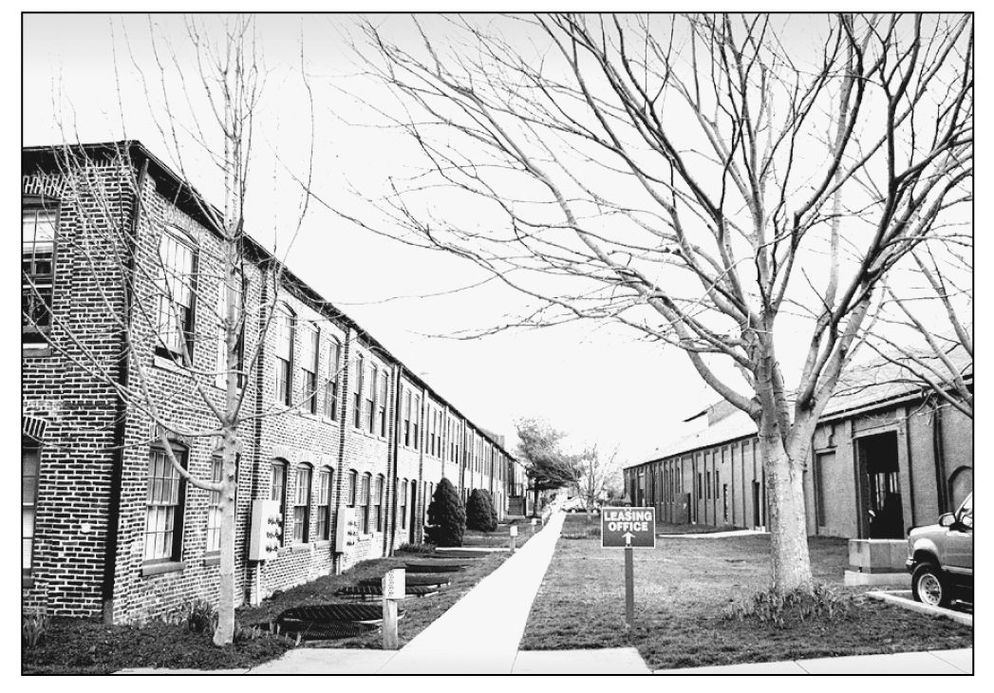
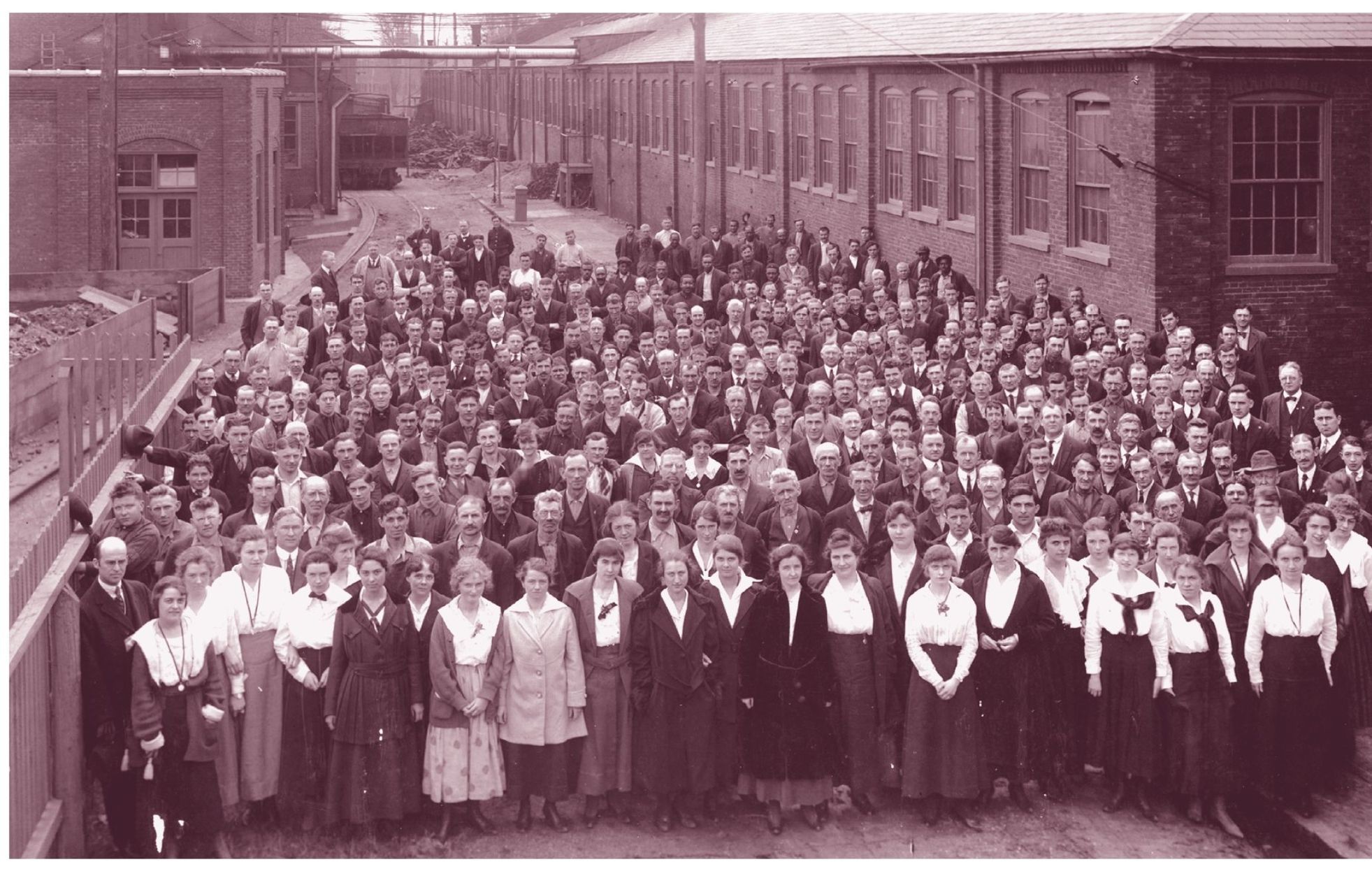
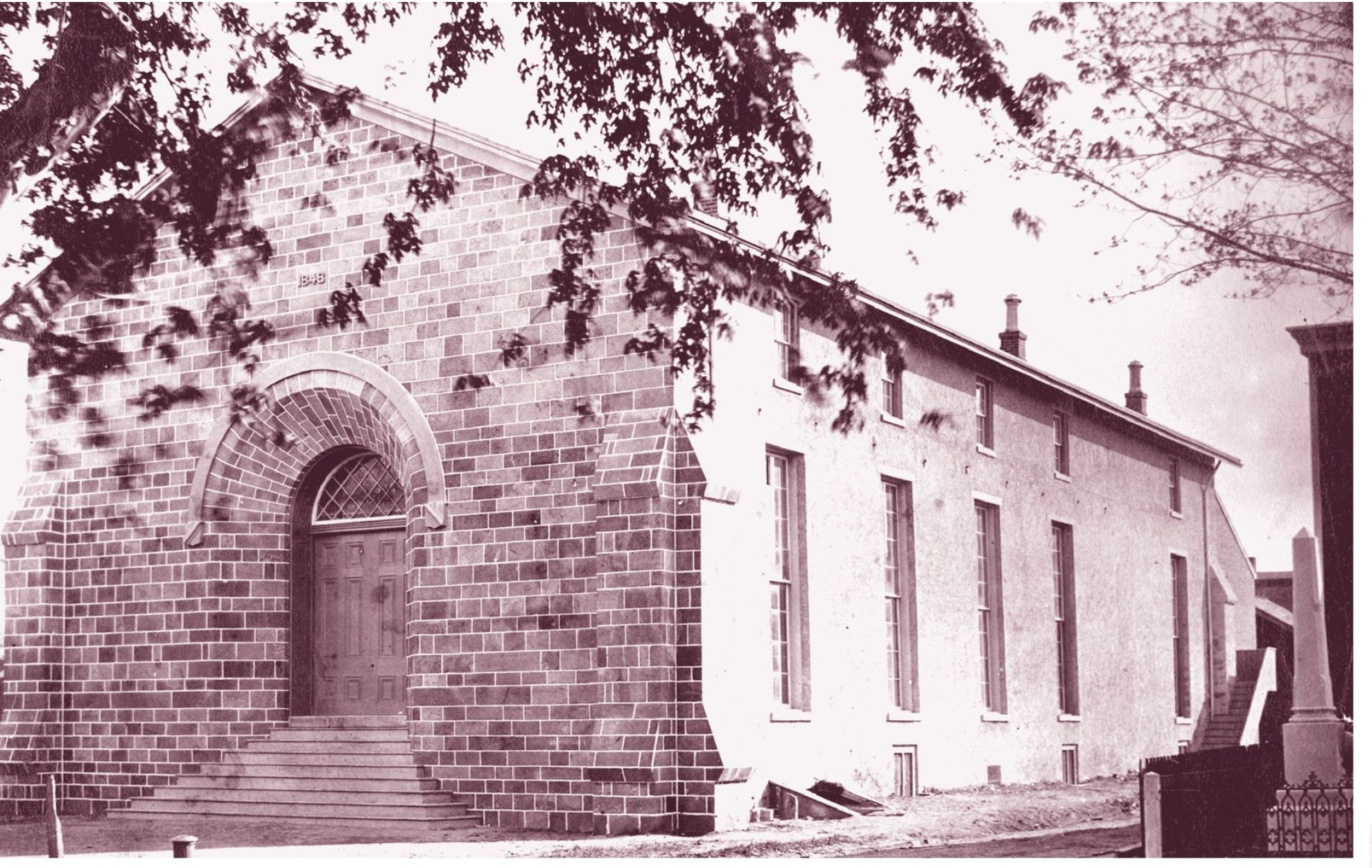
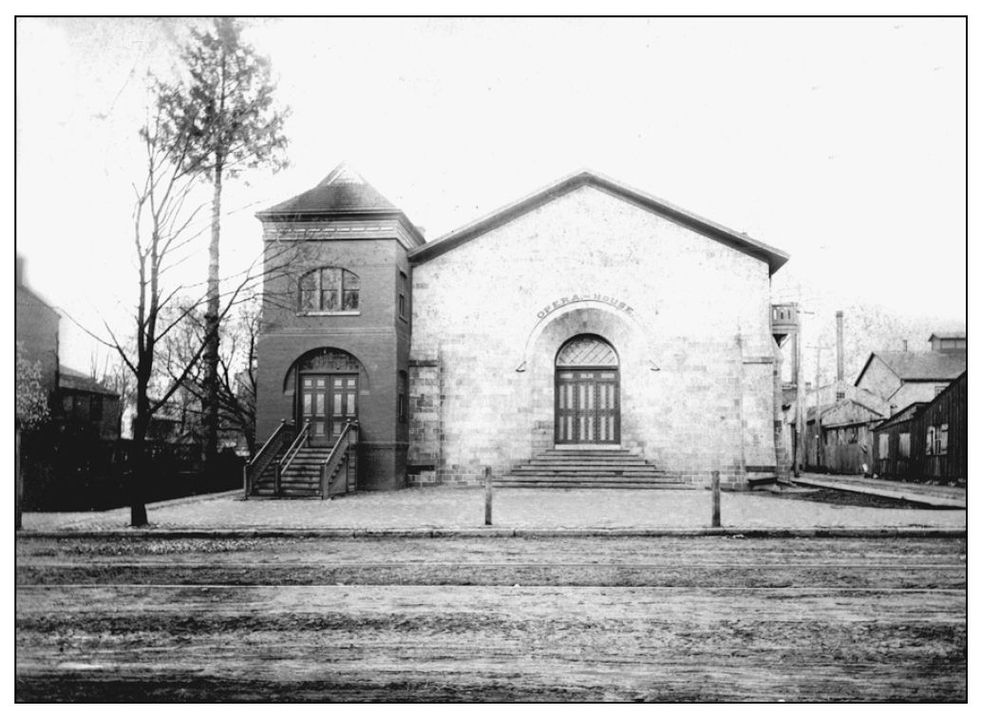
T he Norman-style building of serpentine stone designed by Thomas U. Walter has seen a great variety of uses. Originally constructed in 1848 as the home of the Chester County Horticultural Society, the site hosted agricultural displays and was used as a lecture hall. In 1852, it was the site of the first Pennsylvania womans rights convention. In 1880, the agricultural society sold its hall to entrepreneur Uriah Hunt Painter, who refurbished it as an opera house. He added a stage area to the back of the building, a second story, and a staircase tower. The opera house featured everything from Buffalo Bills Wild West Show to recitals by Madam Louise Homer and speeches by Frederick Douglass.
A fter remodeling the building, Painters widow gave the hall to the McCall Post of the Grand Army of the Republic (GAR) in 1904 and renamed it Memorial Hall. It was to be used until the last Civil War veteran died and was then to be given to the Chester County Historical Society. This did not occur until 1939. The historical society did extensive remodeling on Memorial Hall and opened the building to the public in 1942. The historical society restored the building to its appearance as Horticultural Hall and expanded its quarters in 1995 to include the old YMCA building next-door. It houses a museum and library and hosts an active schedule of public programs for children and adults.


